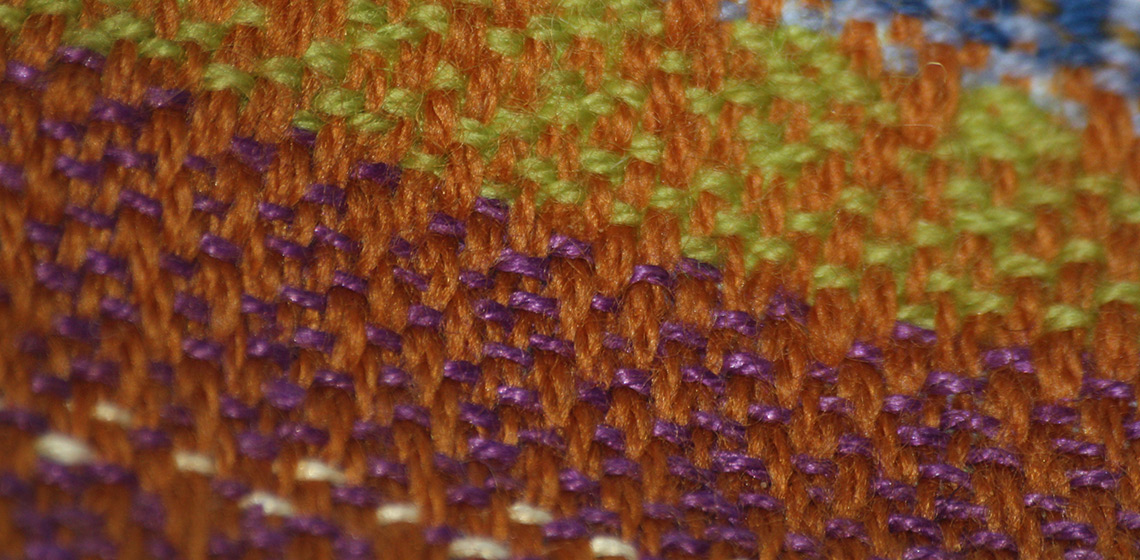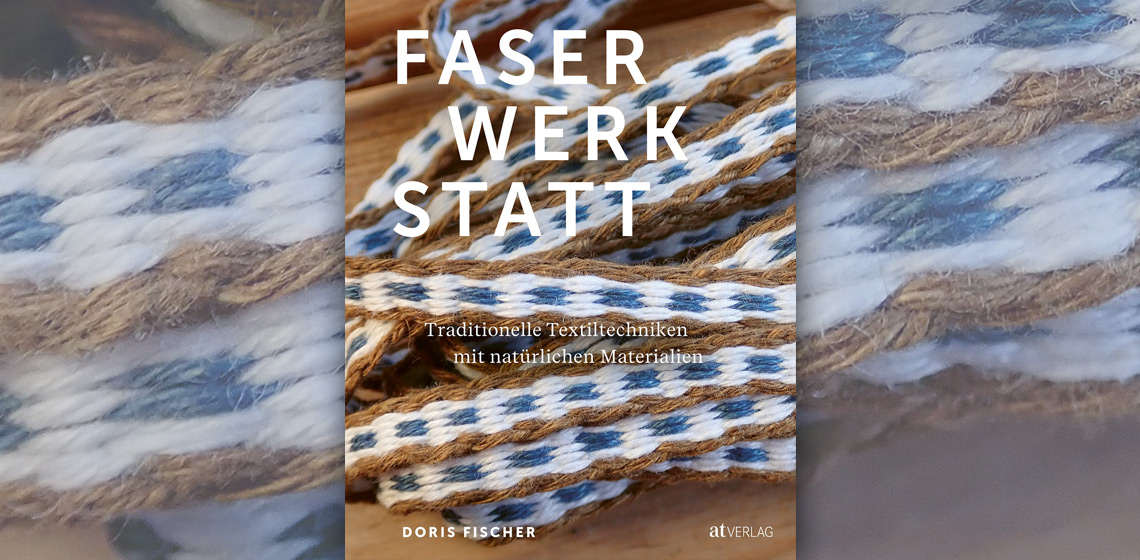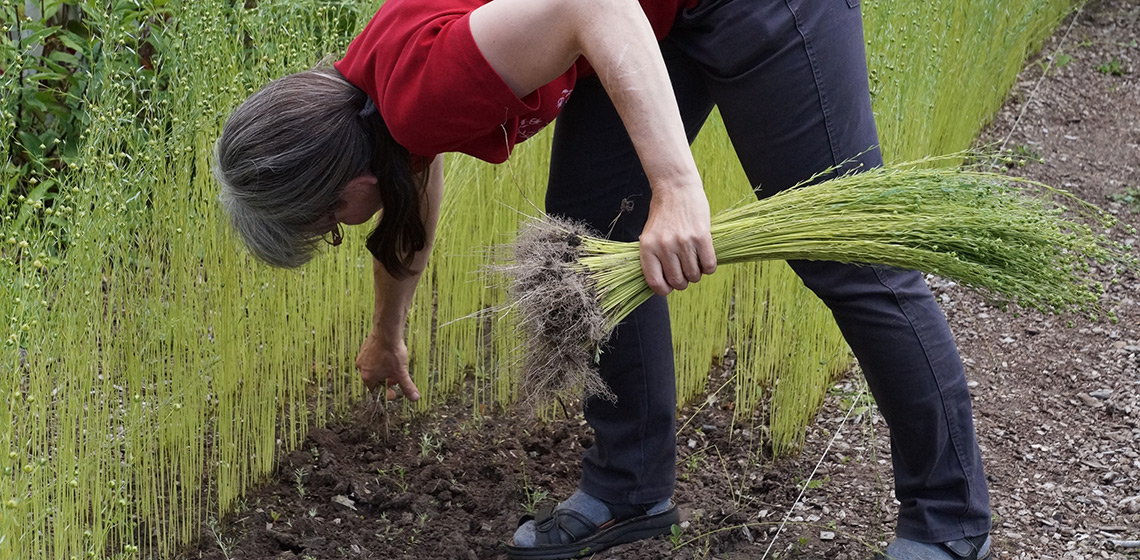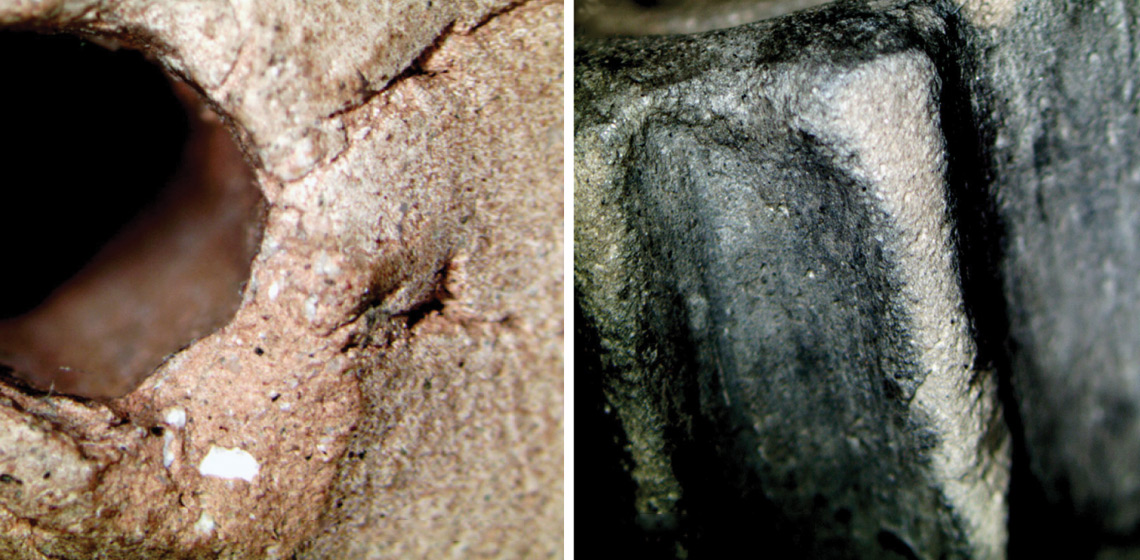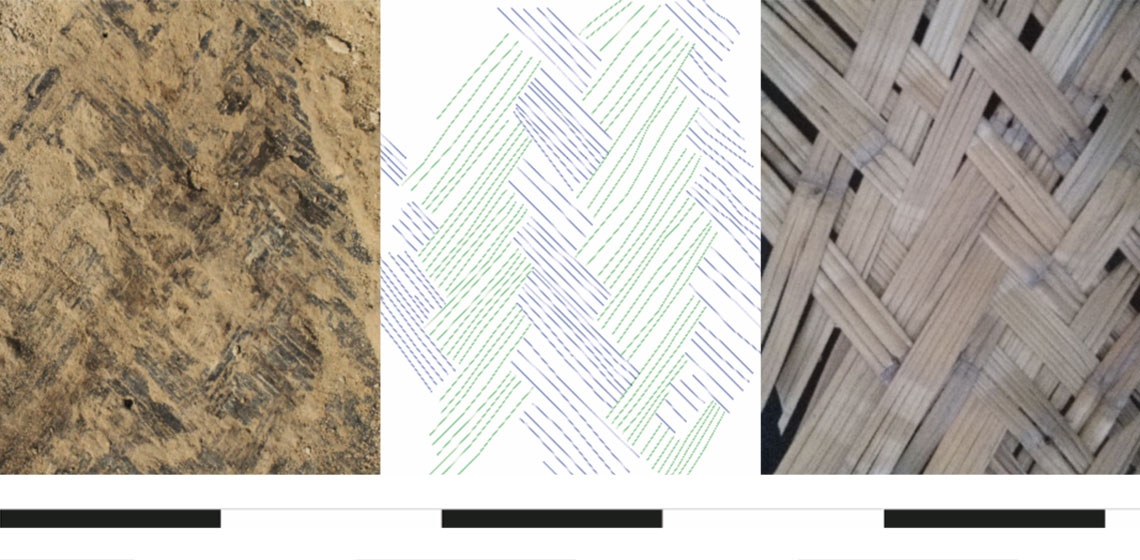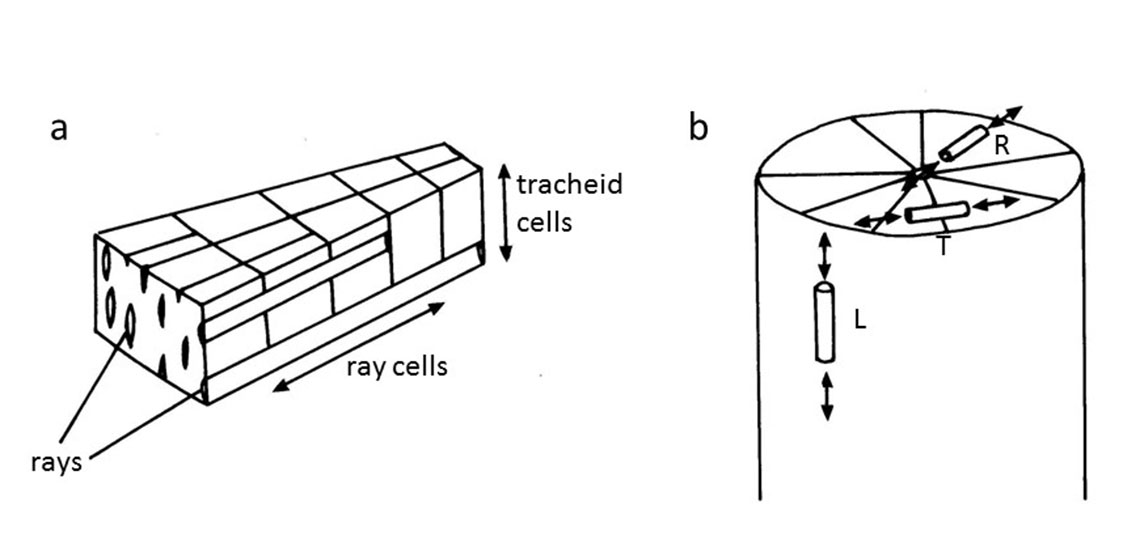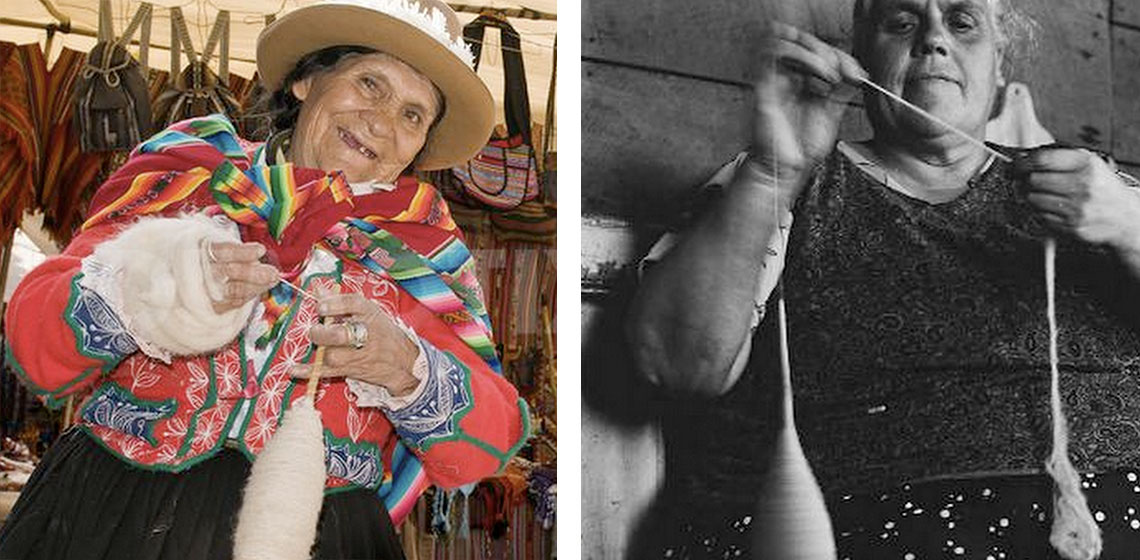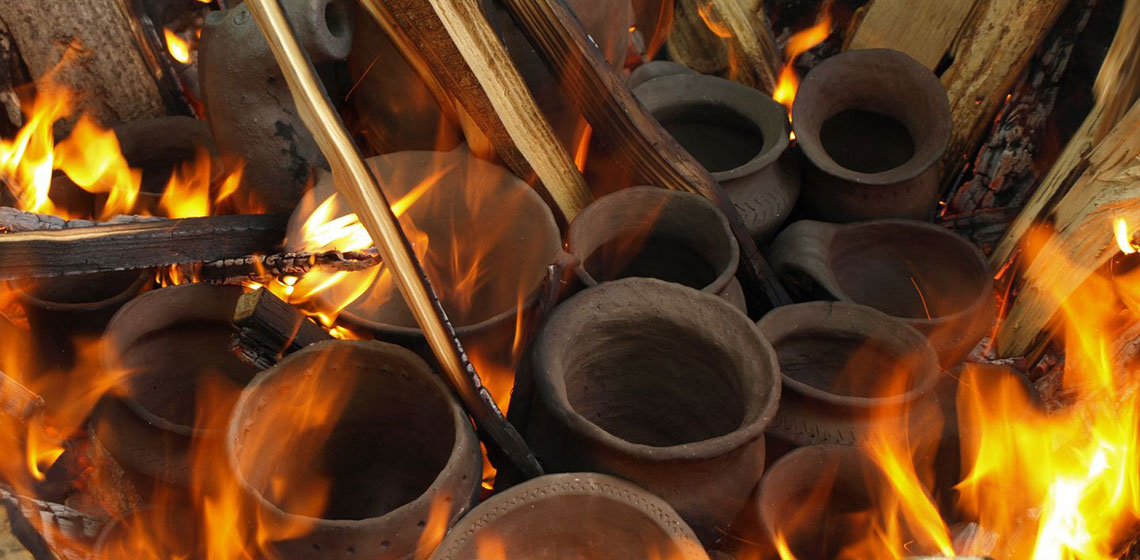fibre
Is it Possible to Weave 8.end Satin with 5 Rods on a Warp-weighted Loom?
Publication Date
Back in 2020, I wrote an article entitled The Shroud of Turin and the Extra Sheds of Warping Threads (Olsen, 2020). When I was studying the weaving theory, I realised that it might be possible to weave 8-end satin with five rods on the warp-weighted loom. To date, I have not encountered any historical find showing satin woven on a warp-weighted loom...
Book Review: Faserwerkstatt by Doris Fischer
Publication Date
As the title implies, Faser Werkstatt: Traditionelle Textiltechnik mit natürlichen Materialien is a direct and practical book on the historical creation and use of fibers. It is aimed at a casual reader with little to no knowledge or experience with the fiber arts, with detailed instructions on creating and using threads and ropes made from natural fibers...
Flax Fibre Extraction Techniques in the Late Middle Ages
Publication Date
On its surface, linen production research is simple as there is a large corpus of books available; however, the majority of these date to the last three centuries. Older texts, while available, tend to concentrate on the textiles themselves and their trade. As a result, I had to collect the information on medieval tools and manufacturing process myself. I have grown and processed flax ...
Replication of a Maori Ethnographic Textile Hem Border Pattern
Publication Date
11th EAC Trento 2019
***Replication of archaeological and ethnographic Māori textiles, under the direction of customary knowledge and previous practical experience, can provide a more nuanced understanding of the manufacture of taonga (treasures) made from fibre materials. A case study is presented here from the unique perspective of a weaver who...
***Replication of archaeological and ethnographic Māori textiles, under the direction of customary knowledge and previous practical experience, can provide a more nuanced understanding of the manufacture of taonga (treasures) made from fibre materials. A case study is presented here from the unique perspective of a weaver who...
The Contribution of Experimental Archaeology in Addressing the Analysis of Residues on Spindle-Whorls
Publication Date
11th EAC Trento 2019
***This contribution focuses on residues developing on spindle-whorls during spinning. Such a kind of tools is largely diffused in archaeological contexts where spindle-whorls were used in textile activities or deposited in burials as grave goods. Scholars recently approached the analysis of these objects through experimental archaeology to better understand their wide variation in size and shape especially in relationship with the adoption of...
***This contribution focuses on residues developing on spindle-whorls during spinning. Such a kind of tools is largely diffused in archaeological contexts where spindle-whorls were used in textile activities or deposited in burials as grave goods. Scholars recently approached the analysis of these objects through experimental archaeology to better understand their wide variation in size and shape especially in relationship with the adoption of...
Vegetable Plaiting Materials from the Site of Abu Tbeirah (Southern Iraq, Third Millennium BC): Experimental Approach
Publication Date
This study is based on plaiting materials from Abu Tbeirah, Iraq, with a particular attention to baskets and reed mats. The study focuses on the various raw materials used, on diverse plating techniques and tries to understand possible uses of these artefacts in their context. The research has been developed with an experimental approach, based on archaeological and ethnographic sources...
The Mechanics of Splitting Wood and the Design of Neolithic Woodworking Tools
Publication Date
Because of the anisotropy of wood, trunks and branches can be vulnerable to splitting along the grain, especially radially. This fact was widely exploited in pre-industrial times, when wood was mostly cut and shaped by splitting it along the grain while still green, rather than by sawing...
Variables and Assumptions in Modern Interpretation of Ancient Spinning Technique and Technology Through Archaeological Experimentation
Publication Date
This paper takes the form of a critical analysis of archaeological experiments using spinning tools. The archaeological experiments regarding whorl weight and wool spinning of the Tools and Textiles – Texts and Contexts project, through the Danish National Research Foundation’s Centre for Textile Research, are examined with respect to a number of variables...
Results of a Discussion on the State of Experimental Archaeology in Switzerland
Publication Date
On 27 March 2010, the board of the Working Group on Experimental Archaeology in Switzerland (AEAS-GAES) invited a panel of experts to hold a public debate in Olten on whether the incentives that had existed at the time still played their part, how they were now constituted and what the future perspectives were...

